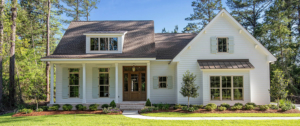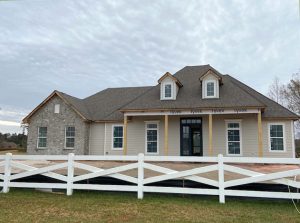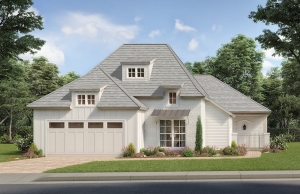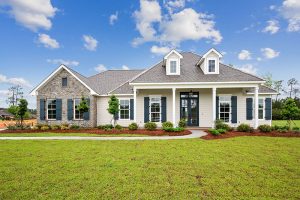The first two months of 2021 not only saw a strong housing market but 164,901 single-family permits issued year-to-date (YTD). The report shows that there is a 16.6% increase over February 2020.
Permits for residential single-family and multi-family 12 months change February 2021 year-to-date is different throughout each U.S. region. Single-family permits and multi-family permits increased in all four regions in February. For single-family Midwest had an increase of 24%, in the Northeast a 20.1% increase, the South had a 16.2% increase and the West came in last with a 13.6% increase. Multi-family saw the biggest increase in the West at 22%, next the South with an 18.4% increase, Northeast at 17.5% and the Midwest saw the lowest at only a 5.4% increase.
The District of Columbia saw the biggest increase in single-family permits issued YTD from February 2020 to February 2021 at 308.3%. Vermont saw a decline in single-family permits of 17.7%. The ten states that issued the highest number of single-family permits accounted for 63.8% of the total. Forty-four states and the District of Columbia had an increase in single-family permits between February 2020 YTD and February 2021 YTD.
Multi-family permits issued across the country in February 2021 YTD reached 83,110 which was 17.7% more than the reported 70,635 in February 2020. Thirty-six states and the District of Columbia had an increase while 14 states had a decline. The highest increase was seen in New Mexico with a 714.3% increase and Nebraska saw a huge decline of 66.9%. The ten states that had the highest number issued accounted for 66.4% of the total.
Click Here For the Source of the Information.



